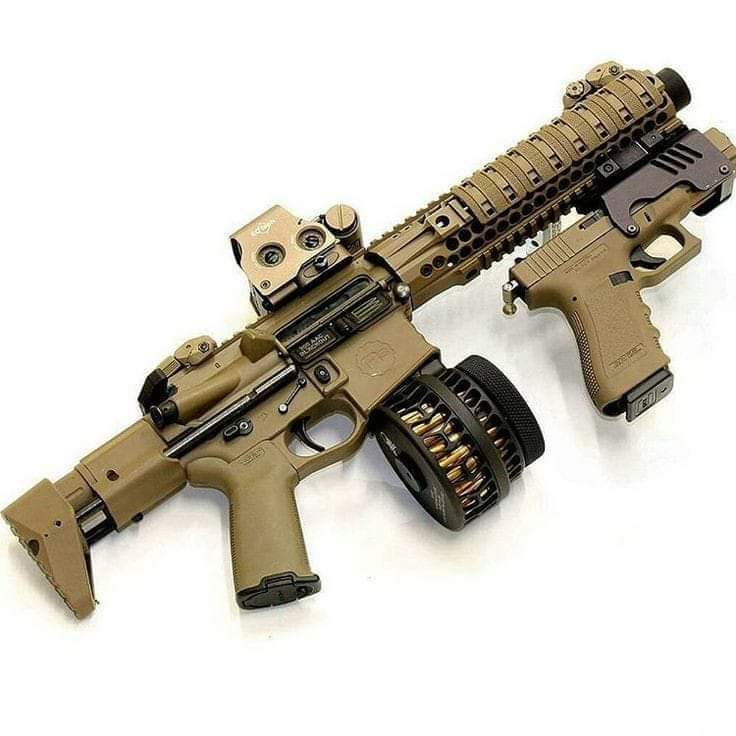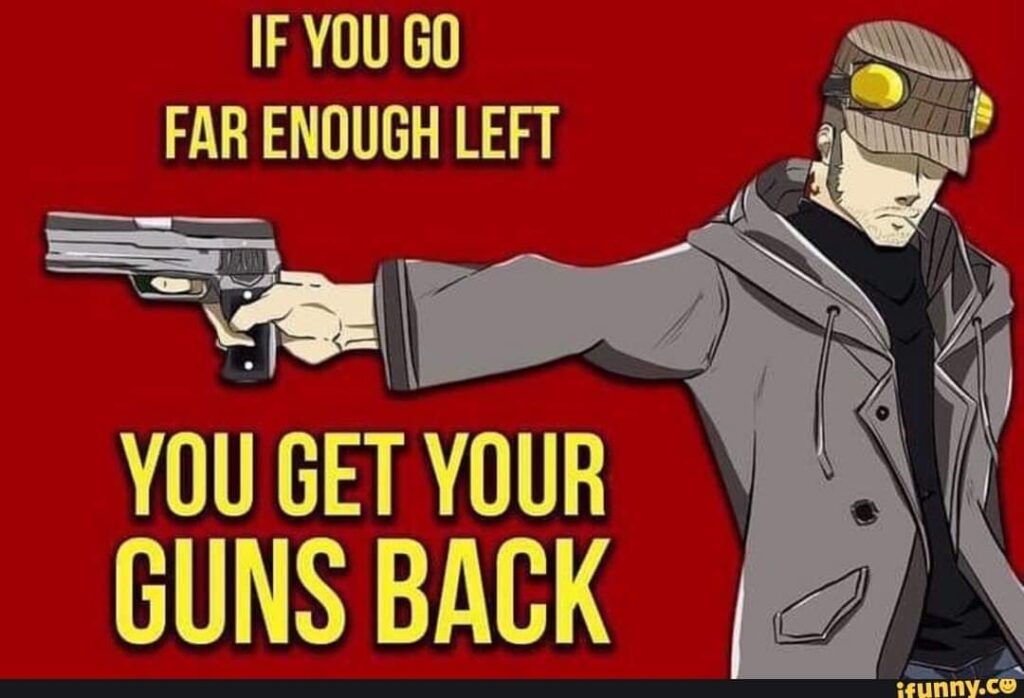
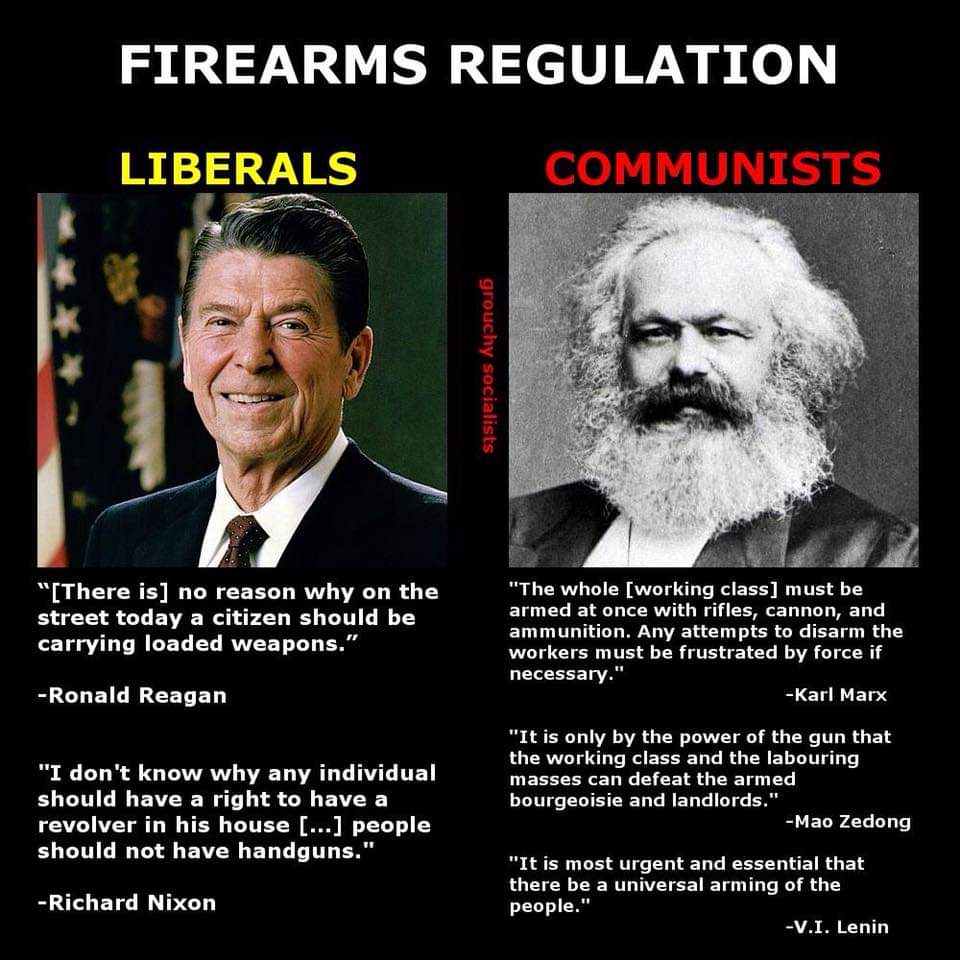
😘
Original Post Date: December 7th, 2012
A friend of mine posted a link to this news article, which was a successful security response to an attack against one’s property, and potential attack against the people on it. http://www.myfoxdfw.com/story/20272989/burglar-held-at-gunpoint-calls-911
First, a few definitions.
Attacks are neutral (neither good or bad). A burglar attacks a house. The government attacks a criminal organization when serving a warrant. Intentions are irrelevant. Attackers can be good or bad, and defenders can be good or bad.
Three Phases of Defense/Security Against Attacks
1. Defense measures in place before the attack to raise the actual or perceived cost of an attack.
Examples: Locks, alarms, cameras, security patrols.
2. During attack reactions/responses.
Examples: Reaction by engaging attacker with security forces, and mitigation of losses by moving protected assets.
3. Post attack measures.
Examples: Counter attacks, forensics to discover what happened and how, and recovery through fixing the security issue and attempting to recover losses.
We can all legally implement almost any measure in the defense/preventative phase of the attack. The only inhibiting factor is cost.
Post attack measures, are almost all out of our control. Civilized society requires rules and procedures to ensure no one is punished for an attack unless all due process of law has been performed.
Law enforcement organizations handle the counter attacks (search warrant being sanctioned burglary arrests being sanctioned kidnappings; etc), they handle forensics due to society’s interest in justice and using taxpayer money to provide funding for expertise in the process, and the courts/laws/regulations attempt to recover attacked assets if possible (returning stolen property/fraudulently withdrawn money/etc).
During the attack is the phase in contention in today’s society. What methods of defense are bestowed upon citizens, and what remain the sole power of the government.
Yes, when you are being assaulted, robbed, or any other manner of attacks, you can call the police in as a security reaction. However the chance that they will arrive in time assist you is low. If the average response time is 5 minutes, someone beating you with a baseball bat has plenty of time to get away, and the damage is already done.
The police served no purpose in defense, only in counter attack (if they can even find the guy).
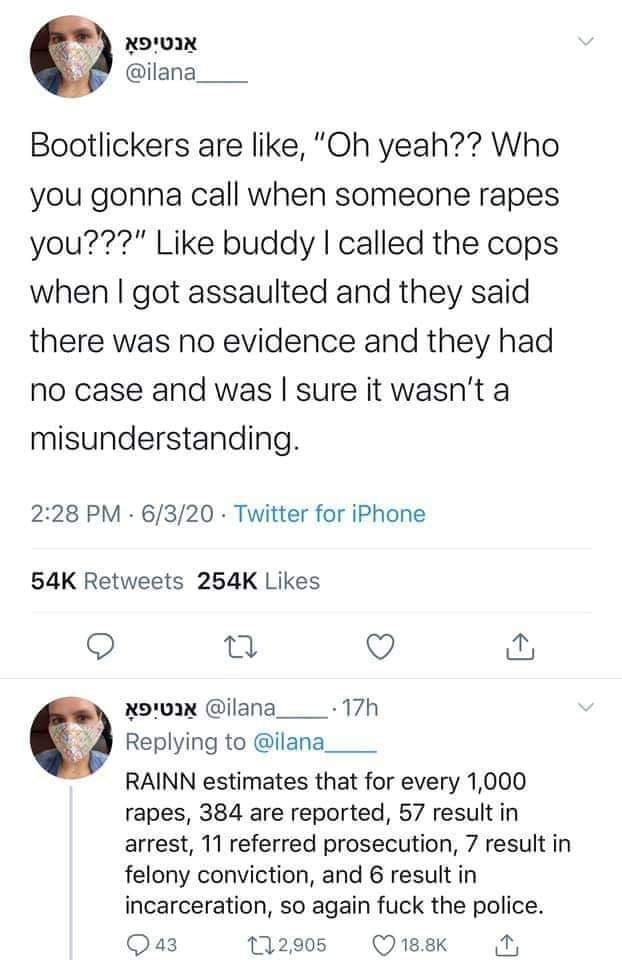
And they might not even care… 🙄
Economic Variables in Attacks
Before we go into why gun ownership should be legal, let’s look into the logic/economic choices behind an attack of any sort.
The decision to attack someone or something is an economic decision (assuming a rational attacker). To prevent the attack from being perpetrated in the first place, you must raise the actual/perceived cost of the attack. There are normally tons of variables, but to simplify things I will leave out all non-monetary variables to show the concept below.
Variables:
- A = True or false value for if attack will occur.
- B = Benefit of the attack
- Cg = Guaranteed cost (tools/time required to attack)
- Cp = Potential cost of the attack
- Ca = Adjusted cost including guaranteed cost and a risk prone adjusted potential cost.
- Rp = Represents how risk prone the attacker is with a range of 0 to 1. 0 meaning completely risk averse, 1 meaning willing to risk everything.
- Rt = Risk payoff threshold coefficient which acts as a multiplier of cost potential to determine if attack is worthwhile compared to the benefit (payoff).
- N = Net benefit of the attack including guaranteed cost.
Formula:
Ca = Cg + Cp * (1-Rp)
N = B – Ca
A := B > Ca * Rt ^ N > 0
Example of Formulas
Stealing a hundred dollars has a benefit of attack of 100.
Guaranteed cost is 0. Potential cost of attack is say a $1000 fine, so the potential cost is 1000. In a city of 100,000 people with a uniform distribution of risk proneness (Rp) and risk thresholds (Rt), this is how it would work out.
90% (90,000) people will have a risk proneness (Rp) of .9 or below. At .9, N = 100 – 1000 * (1-.9), or N2 = 0. No theft would occur, because there would be no benefit when including risk proneness.
The other 10,000 people at this point, might consider the theft. However it must now meet the risk payoff threshold.
An example of someone with a Rt of 1.5 is below.
Rp = .91
A := 100 > 90 * 1.5
False, won’t steal $100
Rp = .93
A := 100 > 70 * 1.5
False, won’t steal $100
Rp = .94
A := 100 > 60 * 1.5
True, will steal $100
Rp = .95
A := 100 > 50 * 1.5
True, will steal $100
Adding Non-Monetary Jailtime Variable
Now, assume that the thief also risks jail time should he get caught. The formula over-arching does not change, but the calculations of the value Cp is more arbitrary.
How much 30 days in jail is worth, is highly variable. Some people value their own personal freedom more than others. Some have an earning potential that makes it a financial loss to sit in jail. Some actually gain financially by sitting in jail (if they wouldn’t earn enough to pay for food/housing outside of jail).
So let’s take a look at two individuals. Same situation, burglarizing a house for $100. Person A earns $50 in 30 days, Person B earns $2000 in 30 days. Both have an initial risk proneness in this example of .95 and a risk payoff threshold of 1.5. Assume it costs $200 a month to survive. All these examples assume no value placed on freedom by the person who would end up in jail.
Person A, if he does not steal, will have a net loss of -150.
A := 100 > (-150 * (1-.95)) * 1.5 = 100 > -7.5 = True, will steal.
Worst case scenario, he fails to steal, gets 30 days in jail, and has a gain (over not stealing) of 150. He, rationally, should steal as often as possible.
There is no loss, only gain. Valuing freedom/cheaper alternatives like begging/morality, etc are what prevent theft from happening more often by those in poverty.
Person B, if he does not steal, will have a net gain of $1800.
His decision to steal mathematically is the following:
A := 100 > (1800* (1-.95)) * 1.5 = 100 > 135 = False, will not steal.
If however he is an even more risk prone person, say .98
A := 100 > (1800* (1-.98)) * 1.5 = 100 > 54 = True, they will steal!
Adding Other Non-Monetary Variables
Now assume someone does value their freedom. If someone would pay $1000 to stay out of jail for a month, even though they only earn $500 a month, they value their freedom at minimum $500 a month.
Now what does someone value their life at? That is an even harder question, but one that does have a value. Some people will risk their life in an attack for whatever goal. However, it drastically reduces the chances, because most people highly value their own lives.
When gun ownership is prevalent, it drastically increases the Cp (Cost Potential) of a crime. They now have to factor in the cost of death into their risk analysis. A rational person will determine it is less risky to do something else that does not risk death.
The Original Problem
Pre-attack costs can be implemented. We can add locks, add alarms, use safes, and reinforce doors. These all increase guaranteed costs and to some extent potential costs.
The greatest potential costs for an attack however, are the reactions that occur during the attack. This the time an attacker is most at risk, and the cost is paid immediately rather than later on.
Instant gratification works in reverse as well, and an immediate punishment is more of a concern than an unknown possible punishment at a later date and time when the reward of the attack has already been achieved.
Gun Ownership allows for Herd Immunity to Crime, protecting those who choose not to own a gun just as much as those who do!
Preventing security from being implemented during the attack, by preventing gun ownership and it’s use in self-defense, is lowering the highly variable and extremely high cost to attackers in the process of committing an attack, while negligibly increasing the guaranteed cost to begin the attack in the first place.
Conclusion
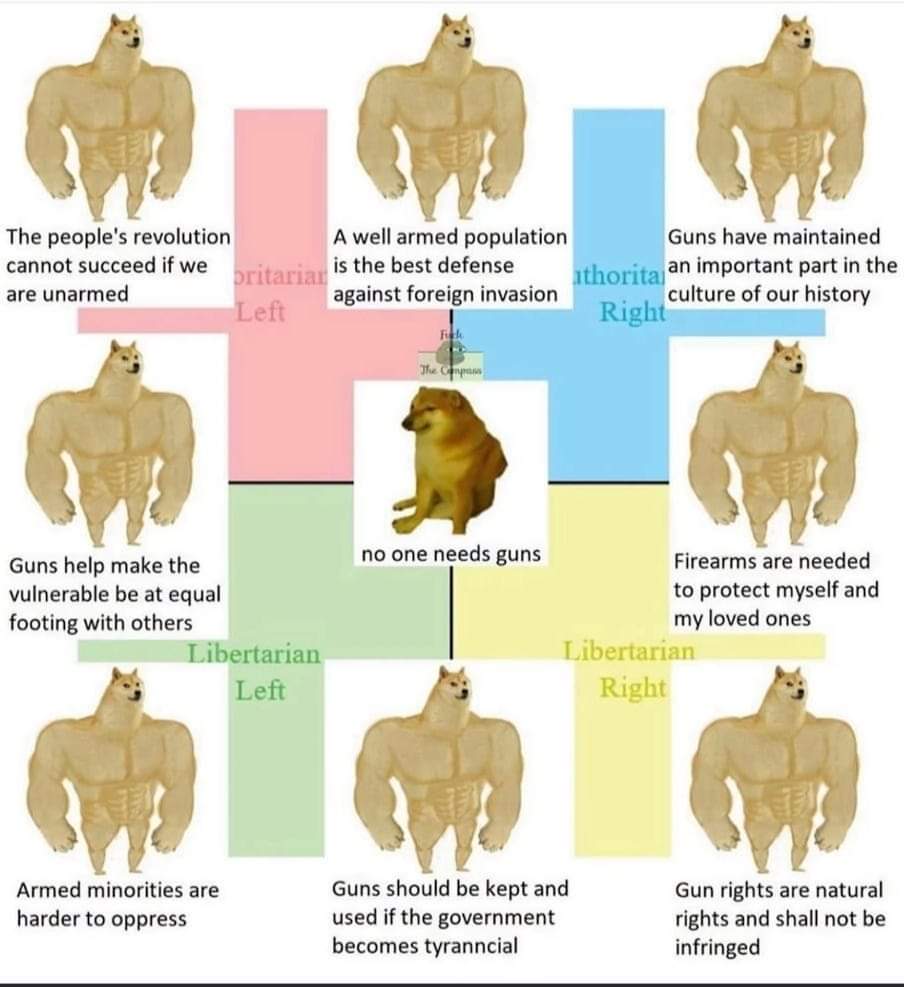
For the same reason businesses buy insurance, it’s far easier to plan fixed costs, than variable costs. It’s less risky.
A criminal intent on committing a crime, who must obtain a firearm when they are hard to obtain, can easily determine the cost, and it can be factored in to their actions (attacks) easily. Difficult to obtain firearms makes attacks (crimes) easier to plan, and less costly in the long run.
Firearms and self-defense being legal, greatly increases the cost of an attack/crime, and makes them far more difficult to plan and carry out in a rational mindset.
The only other argument I’ve seen against firearms being legal for law abiding citizens, is the risks of accidents. Like any other choice in life, everything has a risk.
Even the “think of the children” argument fails in this aspect. It has been proven that homes with a swimming pool are more dangerous to children than homes with a firearm.
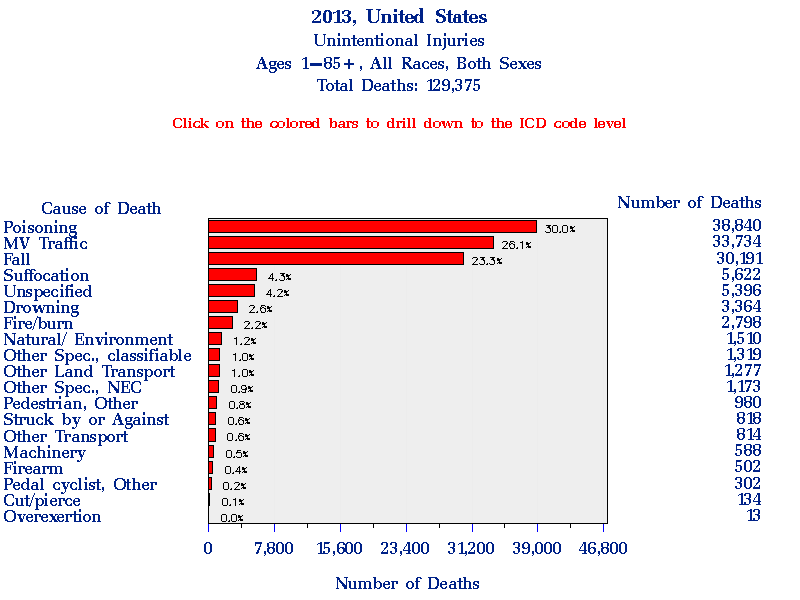
Drowning accounts for 2.6%, Firearms 0.4%
I don’t think anyone intends to make swimming pools illegal anytime soon in the name of child safety, and unlike swimming pools, firearms can actually save lives and protect your property.
Note: All math in this note I created for the purpose of demonstration. These aren’t some well known formulas, but if something similar exists, please show me!
I’m very interested in seeing some mathematical theory behind choices like this. I also have taken some of the ideas/concepts of security from works by Bruce Schneier.

He and His books are Awesome!
Alternative to the NRA
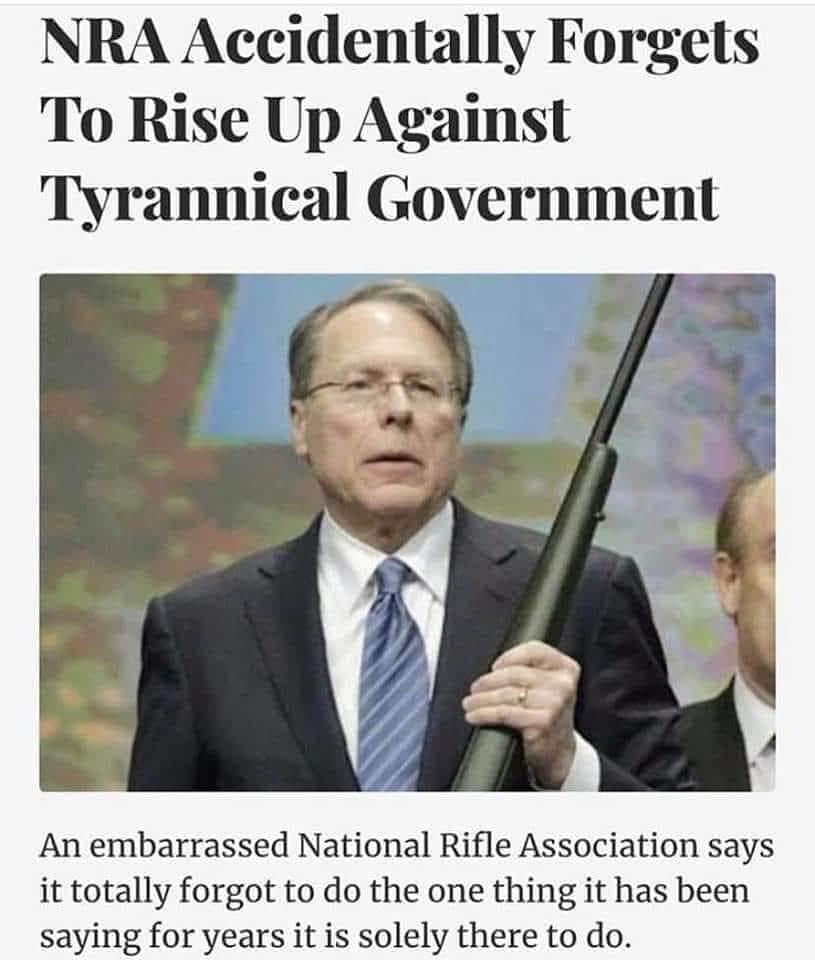
The National Rifle Association has proven that it only cares about one thing, Money.
As I write about in my posts What is Socialism and What is Antifa, real patriots that support Life, Liberty and the Pursuit of Happiness enshrined in the Declaration of Independence do not support Capitalism.
Capitalism leads to Fascism by a Corporate Oligarchy, one which the NRA is a part of!
Join the Socialists Rifle Association to become a member of a group that truly cares about We the People and our rights!

Copper versus Lead
The below was written by Michael Furtman. I have been unable to get in contact with him to post this, but as the purpose of my blog is educational and he shares a great message I believe others need to hear, I’m posting it anyways.
Hopefully he won’t have an issue with this!
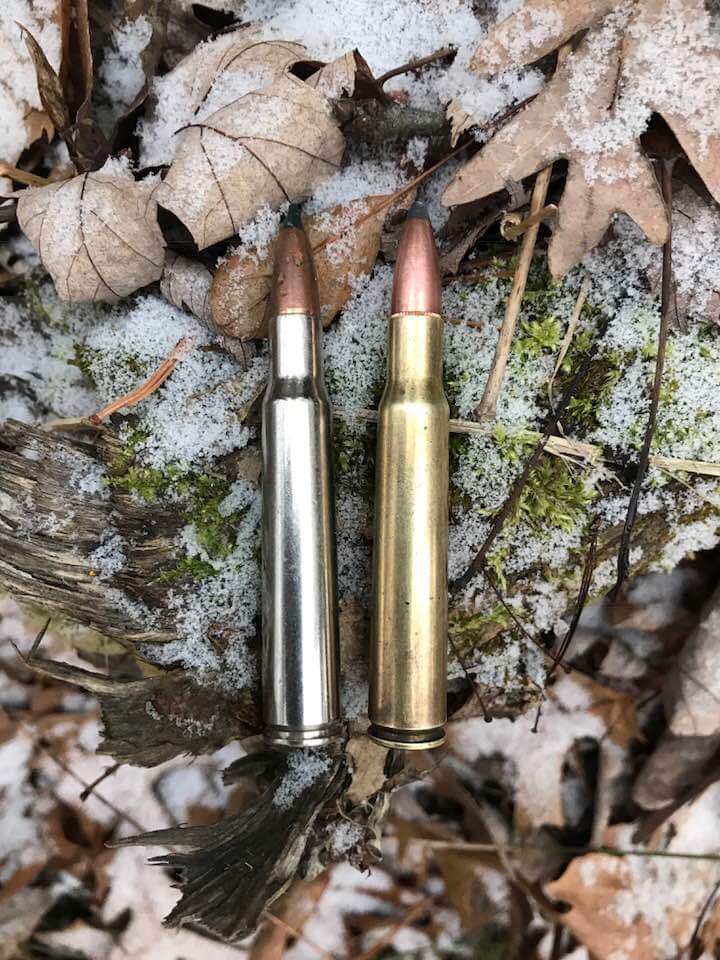
The bullet on the right is a 165 grain copper jacketed lead bullet. The one on the left is a 165 grain all copper bullet. Both are made by Federal Cartridge. The copper ammunition costs me about $1.50 more per box of twenty rounds compared to the premium lead ammo I used to use. (If you use cheap lead ammo, the difference in price will be greater.)
Both are deadly on deer. The lead round, a boat-tailed soft point, kept us in venison for three decades. The copper round has done the same for the last five years.
As I hunted deer today, I sat within sight of the gut pile from the doe I killed two days ago. Much of it had been eaten already, but what remained was dined upon by two bald eagles, three ravens, two pileated woodpeckers, one hairy woodpecker, several blue jays, and numerous chickadees and nuthatches.
Which is why I switched to copper bullets. Birds are highly susceptible to lead poisoning, and lead bullets fragment into tiny shards, some of which end up in the entrails we hunters leave behind after field dressing our deer. The tiniest amount of lead ingested by a bird can lead to a miserable slow death.
As a hunter, I do everything I can to make a swift, humane end to my prey’s life. Why then would I want to cause other animals to linger in pain? No. Just as it is my responsibility to avoid needless suffering for those animals I hunt, I believe I owe the same ethic to those that scavenge the remains. Copper bullets are every bit as effective on deer, rarely disintegrate in the the animal, and if they do, the fragments are non-toxic to birds.
I hope my fellow hunters reading this will consider making the switch.
Author: Michael Furtman
Summary
Copper Ammunition is Pro-Environment, don’t use Lead Ammunition please!
Love, Light and Darkness
🔮😈☯️😇🔮
🧙♂️~Lucifer 🧝♀️
🔮😇❤😈🔮
Peace, Love, Unity, Respect All Life
We are PLURAL
One Truth, One Love
We are ONE
P.S. School Shootings?
These are the result of three things.
- We don’t teach Children how to properly cope with their emotions.
- Our Society still enables and tolerates Bullies.
- Guns are easy to acquire.
Getting rid of Guns won’t solve the underlying problems, it will only make them more invisible.
How to Prevent them?
Easy.
- Teach Children healthy coping mechanisms for their emotions as soon at they are old enough to understand what that means.
- Meditation for Anxiety and Overwhelming Stimuli.
- Artistic Expression
- Music and Dance
- Etc
- Solve the problems that lead to Bullying.
- Bullying behavior is the result of overwhelming negative emotions. Work with Parents to identify the source.
- Teach and Emphasize Using the coping mechanisms from #1 when Bullying Behavior presents itself.
- Help them Develop Empathy by explaining how their actions Hurt others, causing them to feel the same emotions they were feeling that lead to the Bullying behavior.
- Stop Punishing Children for being Honest when they verbally express their negative emotions instead of misbehaving due to them. Reward that behavior by working with them to identify the source and creating a way to solve the problem.

P.P.S. Good Point Pete
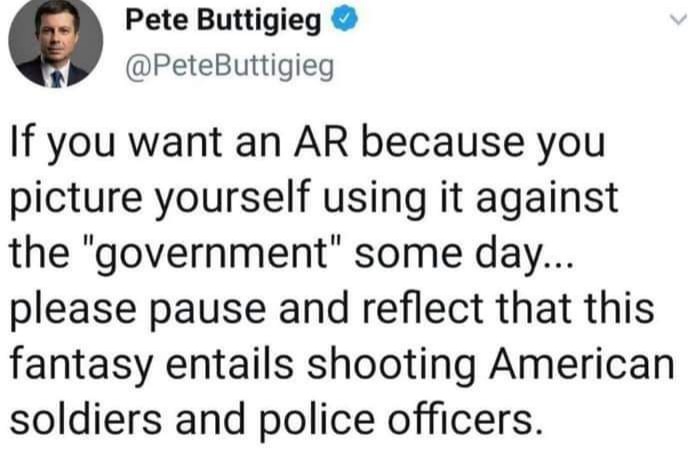
P.P.P.S. Don’t Do This

Phone Stands
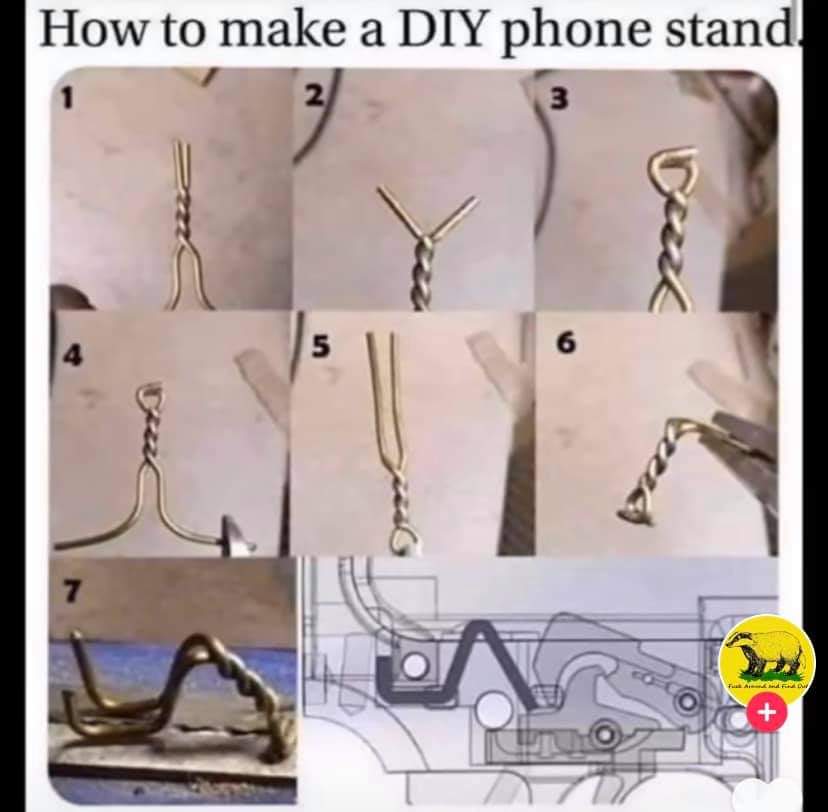
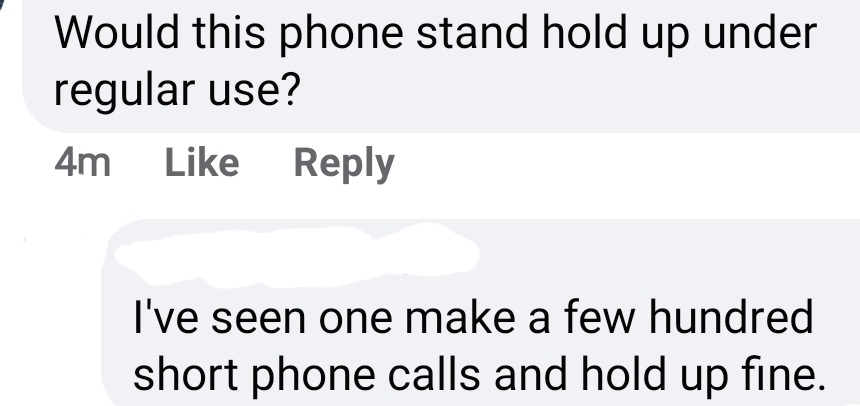
But this is Okay!
